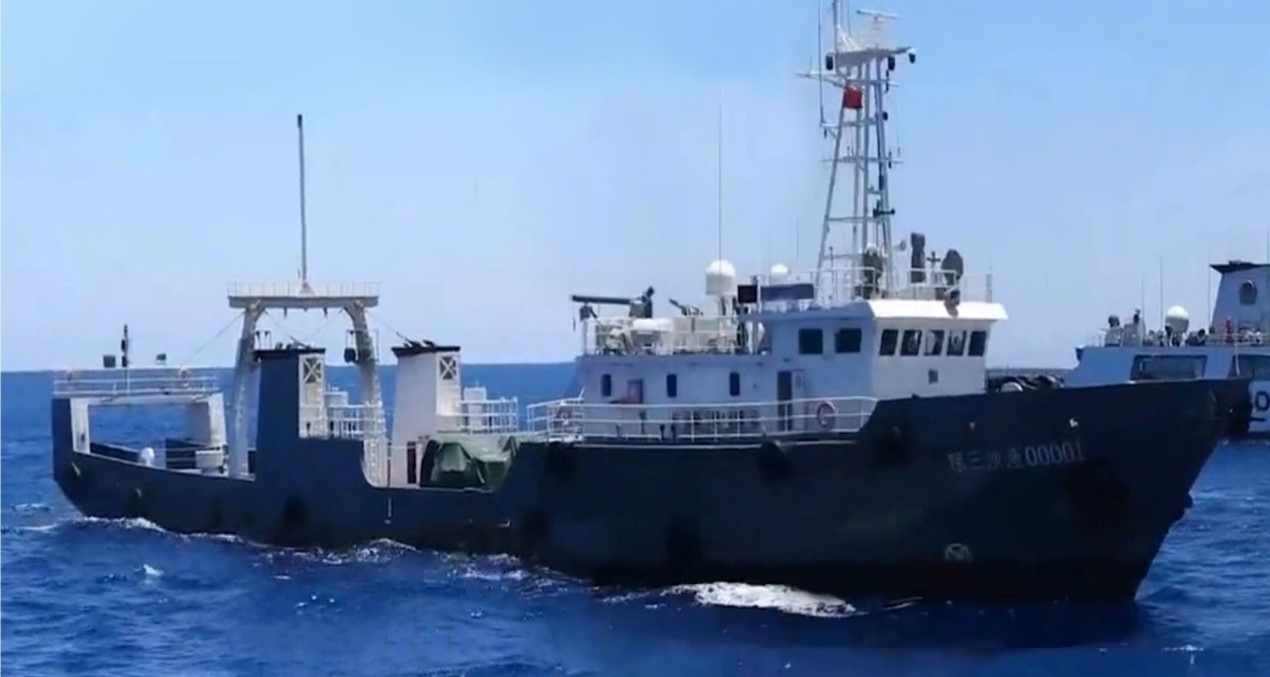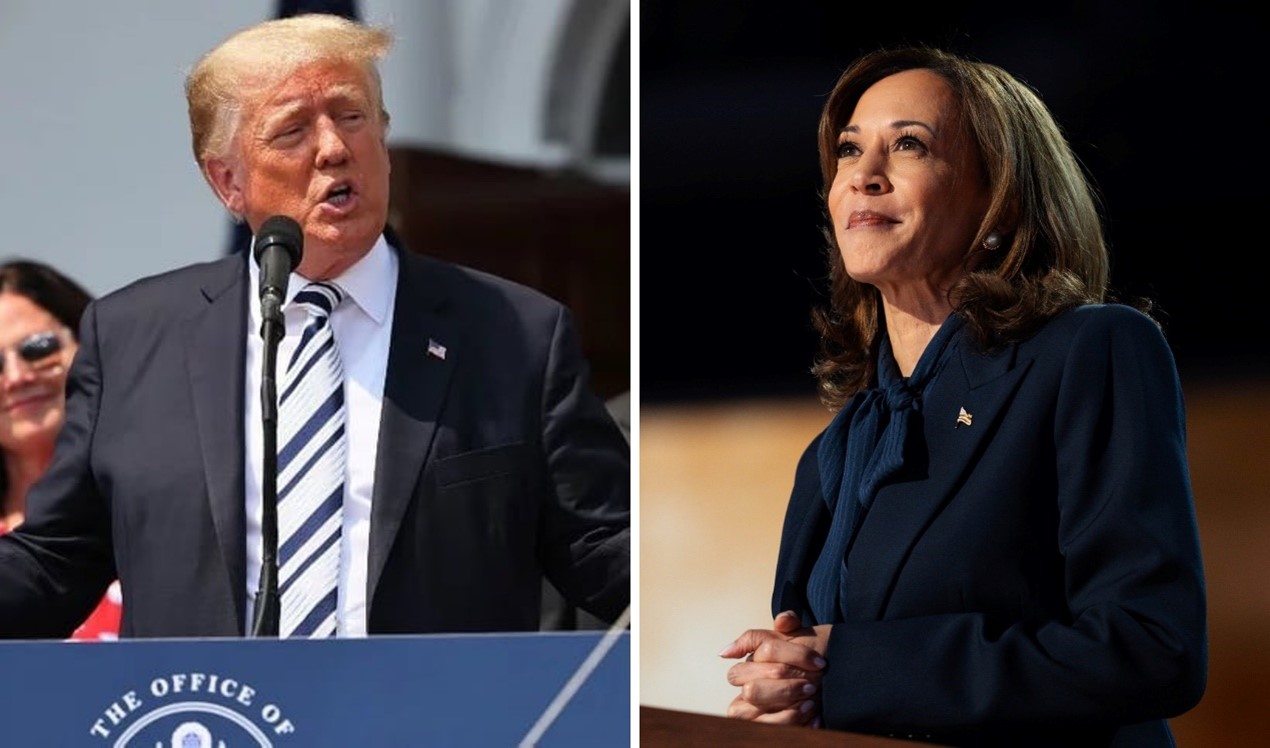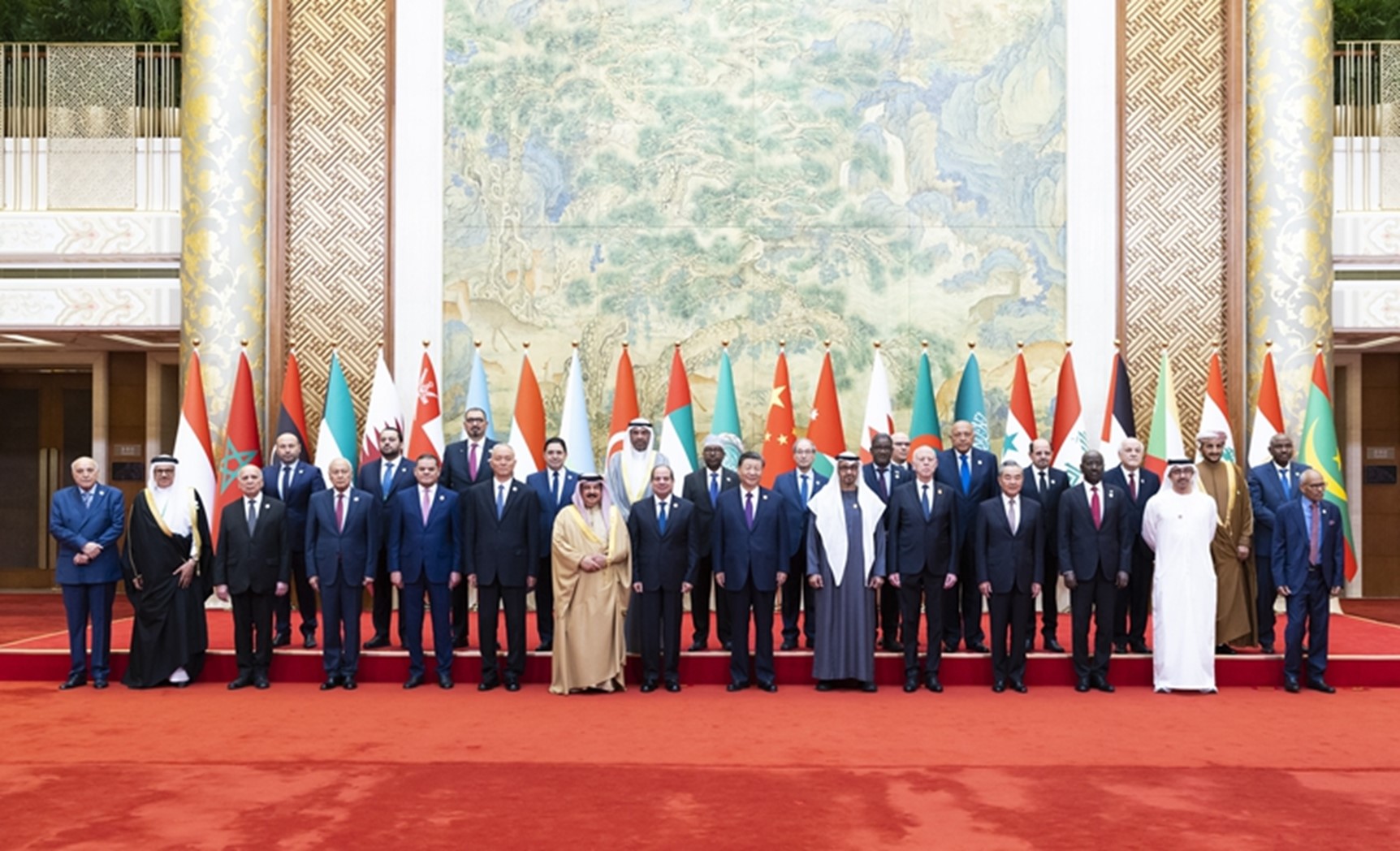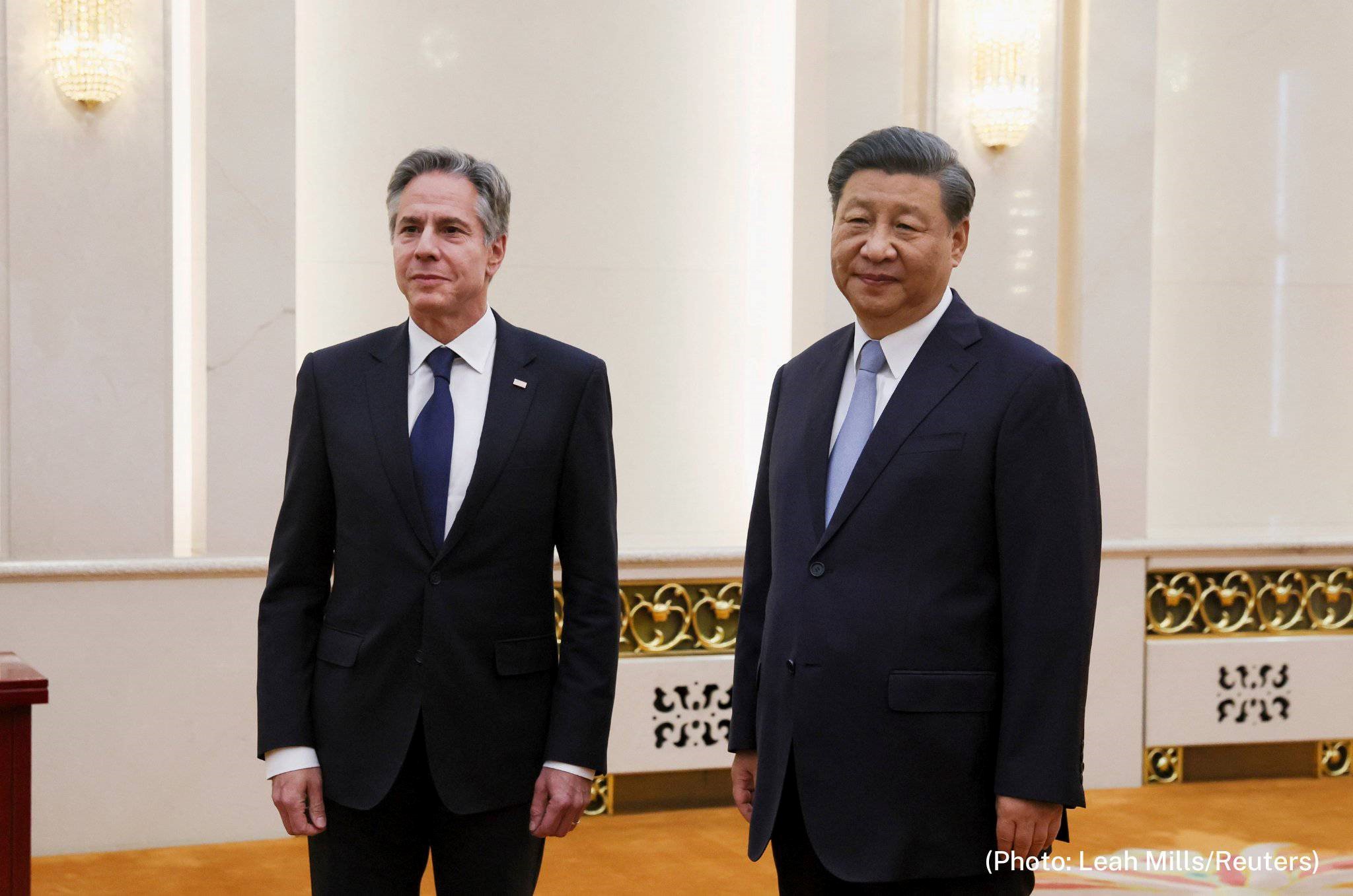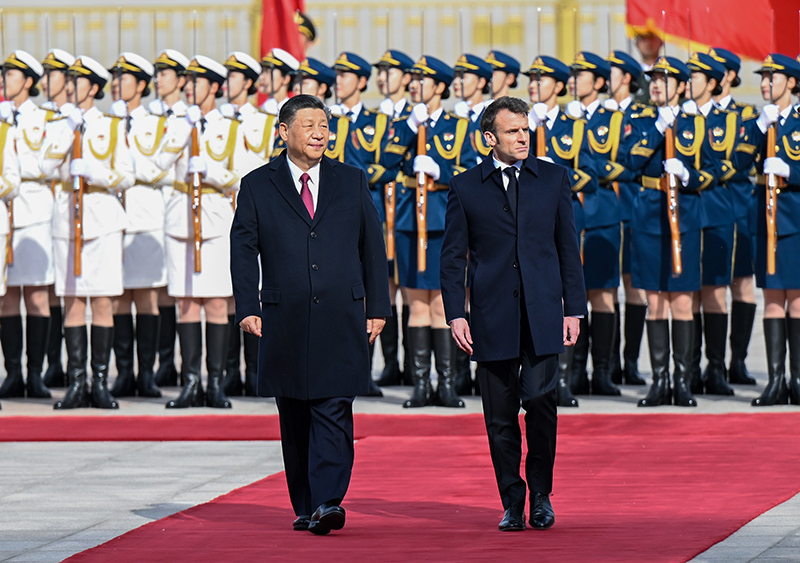NATO’s Washington Summit should be read in Asia as a cautionary tale about the difficulty of meeting geopolitical challenges posed by the PRC and the wider chaos caused by its collaborators Russia, North Korea, and Iran. Now is the time to prepare. Picture source: NATO, July 11, 2024, NATO, https://www.nato.int/cps/en/natohq/news_227482.htm.
Prospects & Perspectives No. 46
NATO Summit’s Cautionary Tale for U.S. Allies in Asia
By Peter Mattis & Joseph Bebel
From July 9 to 11, the North Atlantic Treaty Organization (NATO) celebrated its 75th anniversary at the alliance’s summit in Washington. This year’s summit focused on providing quicker, stronger, and more consistent support to Ukraine in defending against the Russian invasion. The final communiqué also labeled the People’s Republic of China (PRC) as a “decisive enabler” of Moscow’s war. Beyond official NATO members, the Indo-Pacific Four — Australia, New Zealand, South Korea, and Japan — also sent official delegations to Washington.
Some of the summit talks revolved around strengthening cooperation between NATO members and Asian partners to meet the threats emanating from the PRC, with support from Russia and Iran. The summit participants emphasized four areas for enhancing cooperation: (1) increased support to Ukraine, (2) improvement of cyber defense capabilities and interoperability, (3) expansion of joint efforts to counter disinformation, and (4) development and implementation of new defense technologies. Yet, without concerted efforts and a specific plan of action, such statements may have little impact. As some NATO members have waffled on support to Ukraine and dragged their feet in sending aid, the alliance’s partners in Asia and elsewhere have had to face the reality that they may have to fend for themselves in a future conflict. The United States’ hesitation to clearly define its goals in Ukraine and a lack of political will to send Kyiv everything it needs to defeat the Russian occupation have inflamed these fears.
Reality Outstrips Planning: Why Greater Defense Budgets Are Needed
The most important takeaway from the summit is that more defense spending is needed. The alliance’s benchmark of spending 2 percent of gross domestic product (GDP) already has proven insufficient for those countries that have achieved that level. At the summit, an informal consensus was reached that the minimum spending should be moved up to 2.5 percent of GDP and perhaps even higher for states closer to Russia. Poland, for example, is now spending 4.1 percent of GDP on defense, and Romania is increasing its defense spending to 2.5 percent as it rapidly buys new military equipment.
One key lesson from the war in Ukraine is the necessity of greater production and the recognition that conventional war requires more munitions than most militaries have planned. As one European defense minister put it, while more advanced technologies are changing modern warfare, quantity still matters. One of the first warnings of this came during the U.S.-led campaign against the Islamic State in 2016 when the Department of Defense had to pull from stockpiles of previous generations of precision weapons to make up for shortages of more advanced equipment, particularly Joint Direct Attack Munitions (JDAM). In Russia’s war against Ukraine, when Russian stocks of modern munitions have dwindled, a large quantity of Soviet-era ammunition and low-quality artillery shells from North Korea have allowed Russian forces to maintain a high rate of fire.
Defense production is a function of money and time, and now is the time to invest. NATO itself is not at war. Alliance members are simply rearming and providing equipment to Ukraine. Yet, Kyiv’s NATO partners have discovered when reality snapped them from their slumber that their capacities are insufficient. For Taiwan, Japan, and the Philippines, especially, a war in Asia will likely involve them as frontline states. The immediate war needs for these countries will presumably outstrip what planners can foresee today. Sourcing and producing artillery shells may not be a priority, but the Russia-Ukraine War has highlighted the need for advanced, numerous, and survivable air defense systems to counter tactics intended to overwhelm air defense. The People’s Liberation Army possesses a massive arsenal of missiles and drones for long-range strike and is backed by an industrial base that can and will produce more. This threat — and others like it — are foreseeable problems that our political and military leaders are likely underestimating.
Keep Momentum for Progress
NATO members have begun to recognize that the United States is now a reluctant security actor. Any notions that this reluctance is a fleeting concern of American populism rather than a feature of U.S. leaders have been largely put to rest. The Washington Summit’s outcomes were better than nothing for European security, and some were quite good. Ukraine’s “unbreakable bridge” to NATO was at least positive rhetorically, even if it did not offer a clear pathway to membership or resolve the basic dilemma posed by Russia’s strategy to start and freeze conflicts to forestall Western security engagement. Nevertheless, deliberate actions that see this promise through must follow such rhetoric. Washington and other NATO capitals’ hesitancy in this regard has not inspired much hope.
The aid packages to Ukraine also reflect a generally positive direction while failing to address Kyiv’s needs fully. It is undeniable that NATO’s continued commitment to Kyiv and member states’ weapons packages have helped Ukraine stay in the fight. This assistance, however, could be more comprehensive. For example, Ukraine still lacks adequate demining equipment, though Kyiv has been calling for this support since the early months of the war. Ukrainian forces have had the same experience in grappling with insufficient air defense capabilities in the face of massive Russian barrages. Additionally, Germany’s aversion to sending Taurus cruise missiles — as well as Washington and Berlin’s restrictions on Ukrainian strikes against military targets within Russia — have effectively left Ukraine to fight with one hand tied behind its back.
As one European interlocutor told us, the NATO members on the Eastern flank are now in the unusual position of having to pull the United States toward greater involvement rather than trying to address direct U.S. requests. Thus, NATO members and partners will have to come to the realization that this is a new United States that requires a different type of engagement.
The lesson for Asian allies is to never let an opportunity for progress slip away. Bring specific requests to every meeting with U.S. officials. Keep track of unilateral steps that have been taken since the last meeting to improve one’s defenses. And always be prepared to act when the United States develops steps to move forward. Momentum matters.
The newer NATO members that successfully earned their place did so by keeping the pressure on the United States (and other existing members) and by being prepared to act when Washington made a request. Americans almost certainly have more experience than any other military at fighting alongside allies and helping prepare another country’s military to fight a conventional war. Washington’s requests that relate to military competencies are not made lightly.
A Cautionary Tale and Call to Action
NATO’s Washington Summit should be read in Asia as a cautionary tale about the difficulty of meeting geopolitical challenges posed by the PRC and the wider chaos caused by its collaborators Russia, North Korea, and Iran. The alliance’s insufficiencies are the shortcomings of states experiencing the reverberations of Russia’s invasion of Ukraine — not as belligerents in that war. U.S. allies in Asia will not be so fortunate to have such distance from a conflict. Now is the time to prepare.
(Peter Mattis is the President of The Jamestown Foundation. Joseph Bebel is the Editor of the Eurasia Daily Monitor at The Jamestown Foundation.)




